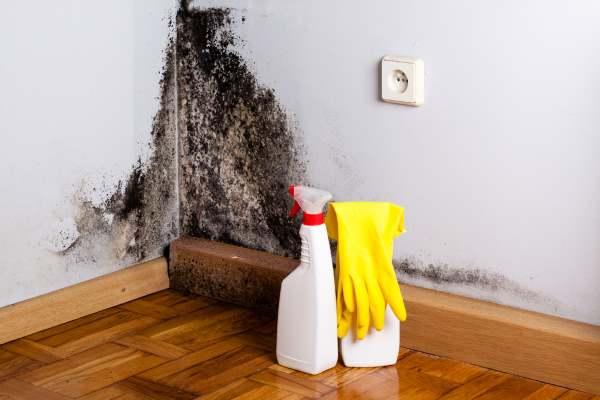Mold exposure could negatively impact our health. Here are some symptoms.
Don't store avocado like this: it's dangerousConstantly staying in moldy environments could cause some discomfort. Here are the main symptoms
Mold: did you know it could give you a lot of problems? If the environmental conditions favor its growth, molds can hide in unsuspected crevices of the house, causing us damage that we may not notice immediately. But what happens to our body if we are in contact with mold on a day-to-day basis? What are the hidden symptoms of constant contact with mold?
Be careful, being in a humid environment where you are exposed to mold does not mean that there are systematically symptoms. Someone mold they are harmless and, in addition, some of them require certain conditions to release toxins.
In addition, it can, yes, hurt, but the severity of symptoms varies from person to person and those with a specific allergy, asthma or other respiratory diseases may have worse manifestations.
Index
What are molds and what causes them
Molds are very small fungi that during their growth produce equally small spherical particles, le traces, which are dispersed in the air especially in summer and autumn.
They can form both inside and outside homes. If inside, molds are mainly found in the most humid corners, poorly ventilated or not sunny or in poorly lit places, on damp objects and materials, in humidifiers or air conditioning systems that are not subject to regular cleaning and maintenance.

The main causes are therefore two:
- poor thermal insulation of the walls
- incorrect heating and ventilation habits of the house: no air exchange in the rooms, damp linen put to dry inside especially in winter, too much water in the plants
According to what can be read on the website of the Ministry of Health, exposure to mold and domestic humidity in general is associated with higher prevalence of respiratory symptoms, asthma and respiratory functional damage. In particular, as regards children, the positive relationship between visible mold (reported by cohabitants) and nocturnal and daytime cough and a certain relationship with asthma and sensitization to inhalant allergens seems to be established.
The 6 unfamiliar symptoms of mold exposure
- Headache
In fact, headaches are one of the less common symptoms of mold exposure, but migraine sufferers can notice how easily mold can trigger it. - Eye irritation
Eye symptoms from mold exposure are typical of an allergy, so mold could also lead to itchy eyes, which will also easily become red and watery. - Skin irritation
Dryness, itching and general skin irritation that can also result in eczema can be symptoms of mold exposure. - Postnasal discharge
Being exposed to mold can cause a symptom of excess mucus flowing from the back of the nose to the throat in those more susceptible. A painful symptom that should not be underestimated. - Cough
Even those who do not suffer from allergies or are not asthmatic can in the long run suffer from chronic dry cough with exposure to molds. - Fatigue
Yes, accusing tiredness and exhaustion could be an unsuspected symptom of constant exposure to mold. Investigate, therefore, even within the walls of your home.
10 tips to reduce exposure to mold in the home

From the Ministry of Health there are 10 interesting moves to reduce the presence of mold in the home:
- make sure the exterior walls, foundations, attics and attic are insulated and well ventilated
- try to keep the humidity below 50% in the house
- make sure there is no earth or other material that can drain moisture in direct contact
with the walls of the house - do not use rugs or carpets in the bathroom, kitchen or laundry
- do not leave clothes hanging out to dry for a long time in closed, poorly ventilated areas
- try to eliminate condensation which often causes humidity
- ensure proper maintenance of humidifiers and air conditioners and of the mechanical ventilation system
- regularly clean the refrigerator seals and frequently clean the water trays in self-defrosting refrigerators
- limit the number of ornamental plants
- Air purifiers equipped with suitable filters can be effective in removing spores
About mold you might also be interested in:
- Mold and humidity in the home: what are the consequences for health?
- Mold: 7 DIY anti-mold cleaners
- How to remove mold on fabrics
- Natural remedies for mold at home
- 8 health threats that can lurk in our homes
- Mold in food: when is it dangerous?
- How to dehumidify your home without buying a dehumidifier
- How to clean the walls of the house and remove stains from the walls
Germana Carillo


























